Slide 1: Florence, Palazzo del Popolo/Vecchio/della Signoria, begun 1299
Slide 2: Venice, Palazzo Ducale, water façade begun 1341

Florence
Slide 3: Brunelleschi, Dome, completed 1436
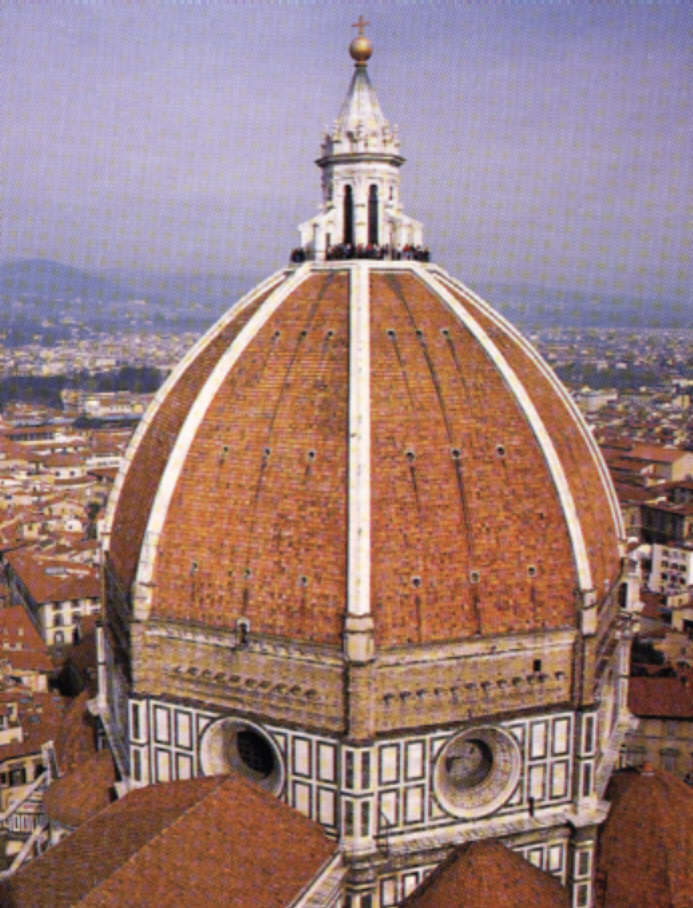
Slide 4: San Lorenzo, begun 1425

San Lorenzo Brunelleschi 1425-56
Slide 5: Sagrestia Vecchia

San Lorenzo
Piazza San Lorenzo, Florence, Italy
The facade of this church was never finished, but the Brunelleschi interior is elegantly austere. Stand in the middle of the nave at the entrance, on the line that stretches to the high altar, and you ‘ll see what Brunelleschi achieved with the grid of inlaid marble in the pavement. Every architectural element in the church is placed to create a dramatic effect of single – point perspective. The Sagrestia Vecchia (Old Sacristy), decorated with stuccoes by Donatello, is attributed to Brunelleschi.
Slide 6: Giovanni di Bicci de’ Medici
Giovanni di Bicci de’ Medici, 1360 – 1429, founder of the success of the famous and powerful Medici dynasty of Florence; father of Cosimo de’ Medici (Pater Patriae), and great – grandfather of Lorenzo de Medici (the Magnificent). Giovanni was somewhat uninterested in politics, unless it pertained to him and /or his bank. Often, when his name was chosen to participate in the Florentine government (reggimento), he chose to pay his fine rather than serve, although he did serve one term as Gonfaloniere. Giovanni ran an early multi-national company, as the family bank, his main commercial interest, had branches throughout the northern Italian city – states and beyond. In 1410, Giovanni bet on the return of the papacy to Rome, and was correct. Rewarding Giovanni for his support, subsequent popes made use of de’ Medici banks. Giovanni was also rewarded with tax – farming contracts and the rights to many alum mines.
Slide 7: Giotto, Campanile, begun 1334, completed 1359 Donatello

Florence Giotto Campanile 1334-59
Slide 8: Or San Michele(image not found)
Slide 9: Baptistery, doors by Ghiberti
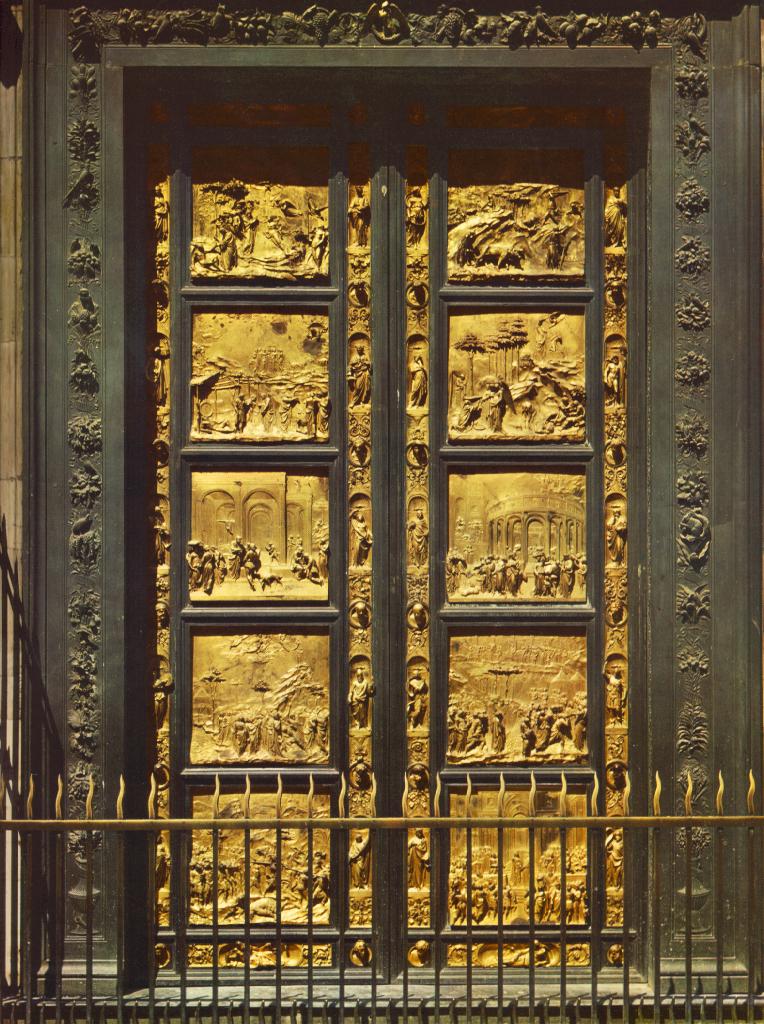
Slide 10: Jacopo de’ Barbari, View of Venice, dated 1500

Note the piazza shown in the centre.
Slide 11: Cosimo de’ Medici, 1389-1464

Slide 12: Michelozzo, Palazzo Medici, 1444-69
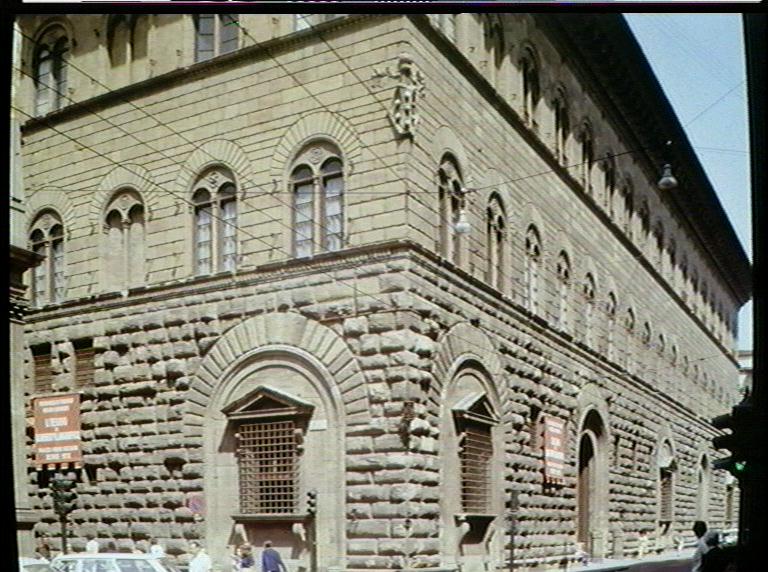
Venice
Slide 13: Codussi, Palazzo Vendramin Calergi
Slide 14: Florence, Alberti, Palazzo Rucellai
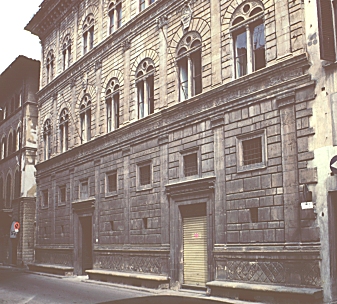
Slide 15: Sangallo/Benedetto da Maiano, Palazzo Strozzi
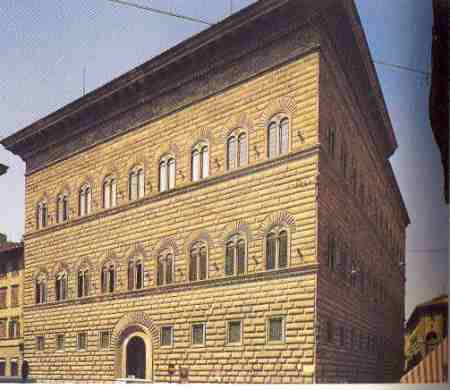
Slide 16: Santa Maria Novella
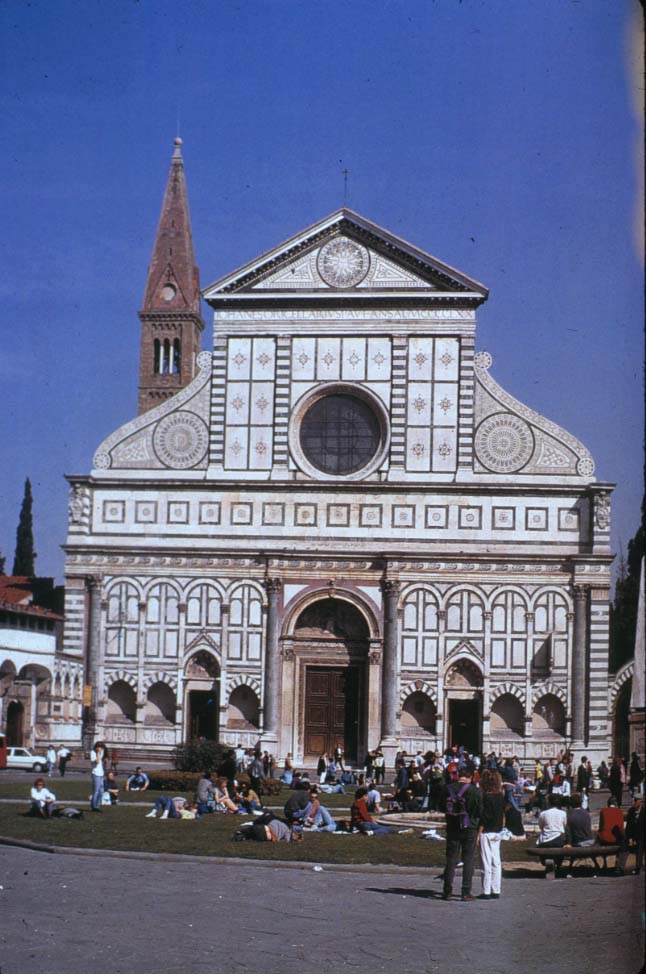
Slide 17: San Marco

Slide 18: Venice, Palazzo Ducale, Piazzetta wing begun 1424
Slide 19: Bartolomeo Bon, Porta della Carta,1438-42

Porta della Carta, 1438-42, Istrian stone, marble, gilding and paint, Palazzo Ducale, Venice
Slide 20: Doge Francesco Foscari
Slide 21: Arco Foscari, begun by Bon and completed by Antonio Rizzo

Slide 22: Matteo Raverti and Bon workshop, Ca’ d’Oro, 1421-1436
Slide 23: Ca’ Foscari, begun around 1452
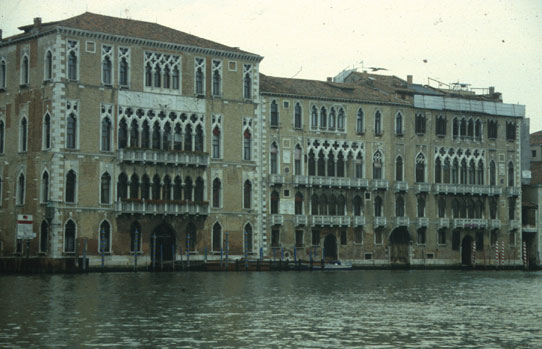
Slide 24: Ca’ Dano — ‘URBIS GENIO IOANNES DARIUS'(image not found)
Slide 25: Mauro Codussi, Palazzo Corner-Spinelli & Palazzo Vendramin Calergi
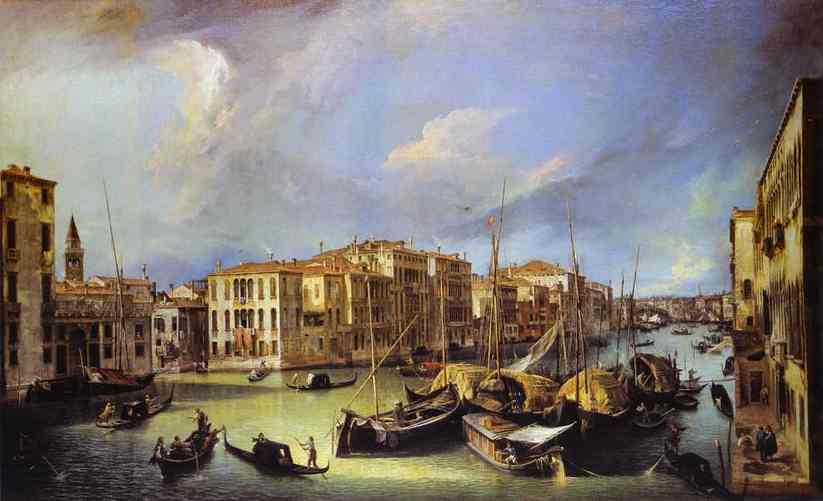
Slide 26: San Michele in Isola, c. 1469-75

Slide 27: Alberti, Tempio Malatestiano (church of San Francesco) at Rimini, begun c.1450

Slide 28: Sigismondo Malatesta

Slide 29: Santa Maria Formosa

Slide 30: San Giovanni Crisostomo

CHURCH OF SAN GIOVANNI CRISOSTOMO – Sestiere of Canaregio, XV sec. –
Built between 1497 and 1504, San Giovanni Crisostomo is the last architecture work by Mauro Codussi who used here many elements used before in San Michele or in San Zaccaria.
The project by Codussi and all the paintings make this church one of the most important churches of the Venetian Renaissance: in the first chapel on the right handside is kept a painting with San Girolamo, San Cristoforo and Sant’Agostino, a mature work (1513) by Giovanni Bellini, that seems to speak with the other paintings on the main altar with San Giovanni Crisostomo and the Saints Giovanni Battista, Liberale, Maria Maddalena, Agnese and Caterina, painted between 1509 and 1511 by Sebastiano del Piombo, just before the artist left Venice to go to San Zaccaria, begun by Antonio Gambello and completed by Codussi

Slide 32: Scuola Grande di San Marco, begun in 1487 by Giovanni di Antonio Buora and Pietro Lombardo; completed by Codussi

Slide 33: Pietro Lombardo, Santa Maria dei Miracoli, 1481-9

Slide 34: Palladio, San Giorgio Maggiore

Based on a lecture by Simon P. Oakes


